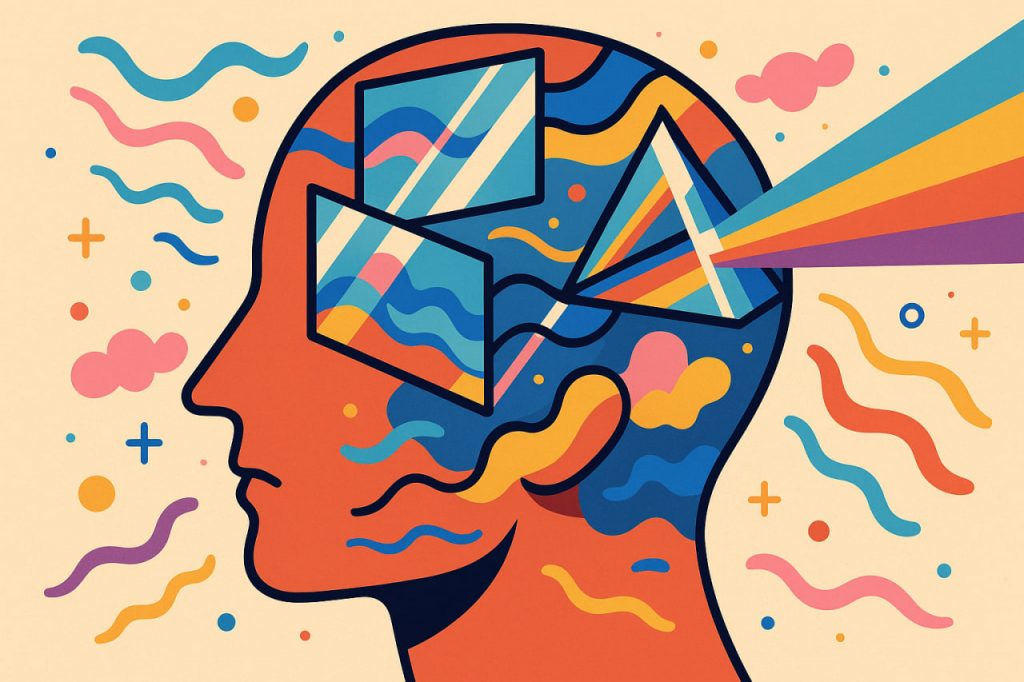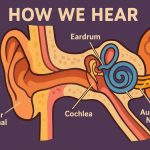Human consciousness is both our greatest gift and our most subtle deceiver. It allows us to perceive the world, think, and make sense of reality—but it also bends, filters, and reshapes that reality through the lens of emotion, memory, and expectation. Every moment, our brains are bombarded with millions of sensory signals, yet only a fraction reaches awareness. What we call “truth” is not a direct reflection of the external world, but a subjective construction formed by our mind’s interpretation. Understanding how consciousness distorts information helps us grasp why people see the same event in completely different ways.
The Brain as a Filter, Not a Mirror
Contrary to intuition, the human mind does not function as a passive recorder of reality—it acts as a filter. The brain selectively processes information based on attention, survival relevance, and prior experience. This filtering prevents overload but also creates distortions. We see what we expect to see, hear what fits our beliefs, and often ignore what doesn’t align with our worldview. This process, known as selective perception, allows for efficient thinking but can also reinforce bias and misunderstanding.
The Role of Emotions in Perception
Emotions shape our interpretation of the world far more than we realize. When we are angry, the same neutral statement may seem hostile; when happy, it feels friendly. Fear narrows focus, heightening attention to potential threats while filtering out neutral details. Joy broadens perception, making colors appear brighter and people seem kinder. These emotional distortions evolved as survival mechanisms but today influence how we interpret news, relationships, and even our memories. In short, consciousness does not simply reflect reality—it colors it.
Cognitive Biases: The Invisible Distortions
Our minds are riddled with cognitive biases—systematic errors in thinking that warp how we perceive and evaluate information. For example:
- Confirmation bias makes us seek information that supports our beliefs while ignoring opposing evidence.
- Anchoring bias causes us to rely too heavily on the first piece of information we receive.
- Availability bias leads us to judge the likelihood of events based on how easily examples come to mind.
These mental shortcuts evolved to help us make quick decisions but often lead to flawed reasoning and distorted reality.
Memory: The Unreliable Narrator
Memory is not a static recording—it is an act of reconstruction. Every time we recall an event, the brain rebuilds it from fragments, blending real details with imagination and suggestion. This explains why eyewitness testimonies can differ dramatically, even when people experience the same event. Over time, emotions, conversations, and context reshape memories, turning them into flexible stories rather than fixed facts. The illusion of accuracy makes us believe our memories are reliable when, in reality, they evolve like living organisms.
Perceptual Illusions and the Limits of Senses
Our sensory organs have inherent limitations, and the brain often “fills in the gaps” to create coherent experiences. Optical illusions, for example, reveal how the mind prioritizes patterns over accuracy. The brain’s predictive nature means we are constantly anticipating the next moment rather than perceiving the present one precisely as it is. This predictive processing can cause subtle errors that go unnoticed in daily life but demonstrate how subjective every perception truly is.
Information Overload in the Digital Age
In the modern world, we face a new type of distortion: informational saturation. With social media, advertising, and constant notifications, consciousness is flooded with stimuli competing for attention. Algorithms amplify emotional and sensational content, exploiting our cognitive biases. As a result, truth becomes fragmented, and perception is shaped more by engagement metrics than by evidence. The ability to discern reality now requires mindfulness, critical thinking, and conscious control of one’s focus.
Can We Overcome Mental Distortion?
While complete objectivity is impossible, awareness of our distortions can reduce their impact. Practices such as mindfulness, meditation, and critical reasoning strengthen metacognition—the ability to observe one’s thoughts without immediately believing them. Engaging with diverse perspectives, questioning assumptions, and seeking empirical evidence are essential tools for clearer perception. In essence, the more we understand how consciousness bends information, the closer we come to perceiving the world as it truly is.
Interesting Facts
- The human brain filters out over 99% of sensory input before it reaches awareness.
- Emotional states can alter perception of time—fear makes moments feel longer.
- False memories can be implanted through suggestion, as shown in psychological experiments.
- Optical illusions demonstrate that perception is a mental creation, not a direct reflection of the external world.
- Digital media algorithms exploit cognitive biases to influence user behavior subconsciously.
Glossary
- Selective Perception – The brain’s process of focusing on certain stimuli while ignoring others.
- Cognitive Bias – A systematic error in thinking that affects judgment and decision-making.
- Confirmation Bias – The tendency to favor information that supports existing beliefs.
- Predictive Processing – The brain’s mechanism of anticipating sensory input based on prior experience.
- Metacognition – Awareness and understanding of one’s own thought processes.
- Memory Reconstruction – The process of recalling and reshaping memories each time they are retrieved.
- Information Overload – The mental strain caused by excessive data input and competing stimuli.
- Illusion – A misinterpretation of sensory information that reveals how perception works.
- Neuroplasticity – The brain’s ability to reorganize and adapt by forming new neural connections.
- Mindfulness – The practice of maintaining awareness of the present moment without judgment.


